Hunan in Belgravia has been running since 1982, serving a no-choice tasting menu long before it became fashionable elsewhere. Its Taiwanese founder Mr Peng and his son Michael, who now runs things, have had a number of head chefs over the years, with the chefs and waiters usually living above the restaurant. The kitchen is currently headed by Sam Wong, who previously worked as senior sous chef at Ming Court in Hong Kong. A meal typically comprises around eighteen small dishes. Mr Wong was away in China at the time of our visit, and Mr Peng senior led the kitchen at our meal. The dining room is long and narrow, with well-spaced tables covered with white linen tablecloths, and an area at the front with good natural light.
The wine list, curated by Michael Peng, had 216 labels and ranged in price from £40 to £6,900, with a median price of £115 and an average markup to retail price of just 2.1 times, which is very generous by London standards. Sample references were BLANKBottle The Empire Strikes Back at £49 for a bottle that you can find in the high street for £21, Estate Argyros Assyrtiko Cuvee Monsignori 2018 at £89 compared to its retail price of £53, and Ata Rangi McCrone Pinot Noir 2016 at £95 for a wine that will set you back £65 in the high street. For those with the means there was Domaine Henri Boillot, Puligny-Montrachet Clos de la Mouchere 2016 at £465 compared to its retail price of £240, and Bodegas Rafael Palacios Godello Sorte O Soro 2016 at £550 for a wine whose current market value is £431.
The meal began with a pork soup. Minced pork had presumably been put through a tammy sieve as it had quite fine texture, the meat resting in a broth flavoured with Shaoxing wine. This was pleasant if a little one dimensional (13/20). Next was a little plate of pickled cabbage, using Turkish cabbage, which is sweeter than Chinese varieties and was fermented for a short time. This was less spicy and fermented for less than a Korean kim chi would be, and was pleasant enough, the cabbage being quite crunchy. For me a little more spice would not have gone amiss (12/20). This was followed by mung beans vermicelli with Chinese chives, which had good texture and a pleasant flavour balance (14/20).
I was less taken by Torbay clams with Thai basil, dehydrated anchovies and aubergine, the aubergine being steamed then stir fried. I found the aubergine just bland and a little slimy, and while the clams were cooked all right, for me the dish needed something more than the Thai basil to enliven it (12/20 at best).
Better was a dish of stir-fried green beans with chilli and crisp garlic. This simple dish was one of the best of the meal, the beans having good texture and flavour nicely enhanced by the garlic and well-judged kick of chill (14/20). Also nice was a single Orkney scallop with a little vermicelli. Simply cooked, the scallop had good natural sweetness and did not need anything to distract from its excellent flavour (14/20). What followed was the least successful dish of the meal, wild sea bass roe with Goji berries and a sauce of the sea bass with spinach and ginger. The fish was seriously overcooked, the overall effect being just dry and disappointing (10/20). Things got back on track with a further scallop with a sauce of salted egg and fermented tofu. Again, the scallop was high quality hand-dived, and was lightly cooked (14/20). This was followed by a dish of braised lamb broth with tea, cinnamon arrow root and rice wine. This was similar to the dish bak kut teh (meat bone tea) popular in south east Asia. The lamb was tender though the broth had a distinctly medicinal quality, the cinnamon flavour quite dominant (12/20).
Next was a dish of the wild sea bass using its roasted carcass and served with preserved vegetables and bak choi. The combination of preserved vegetables and fish has its roots in Teochew cooking, which is centred on Guangdong. This was pleasant, the touch of sourness from the vegetables well restrained and working quite well with the fish (13/20).
My favourite dish of the meal was a pair of pieces of black cod (sablefish) with a black vinegar reduction and five spices. presented on a lettuce leaf that you rolled up to eat the dish. The natural buttery flavour of the fish was nicely balanced by the sharpness of the vinegar and the greenery (easily 14/20).
Chicken and seafood dumpling was made with wheat flour and was essentially what Americans would call a pot sticker. This was a perfectly pleasant if quite simple dumpling that could for me have done with a little more seasoning. A few dishes had quite bold seasoning but this one did not (13/20). This was followed by steamed prawn with Chinese sausage. The sausage had good flavour but unfortunately the prawn dumpling was cooked for too long. The resulting texture was less than ideal (12/20).
Stir fried chicken with Chinese olives is a Hakka dish (Hakka is the term for Han Chinese from the central plain, which is the origin of Mr Peng’s family). This dish was simple but quite pleasant, the chicken cooked perhaps a bit longer than ideal but the sharpness of the olives being a good foil for the meat (13/20).
Wind dried pork was home-made, left on the roof of the building for 16 weeks. This came with dried radish and bamboo shoot as well as some greens. The pork had quite good flavour and the bamboo shoots were tender: a simple but pleasant dish (13/20). I was less taken by the next dish of salted pork with home-made preserved vegetables, a little reminiscent of sauerkraut. This pallid dish suffered from the meat being overcooked, and for me there was not enough sharpness from the vinegar. As my expert dining companion observed, the dish used pork fillet when the extra fat of pork belly might have worked better (11/20).
This was followed by 38 day aged ribeye beef with red pepper, scallion, chilli and ginger. The beef, supplied by top butcher Darragh O’Shea, was a high-quality piece of meat, but the beef was overcooked. I did like the accompaniments, the chilli kick working well with the ginger (12/20). We opted for an extra dish of lobster noodles. The native lobster was served whole and the shellfish tasted very tender, the noodles having good texture. The dish came with a mild chilli sauce. This was a visually attractive dish and fun to eat (14/20). We also had a bonus dish of Iberico pork wrap with tofu along with a sweet bean curd dressing. It was interesting seeing the Chinese treatment being applied to high end Spanish pork, and this worked quite well (14/20).
The solitary dessert was a traditional one called tangyuan, a rice ball stuffed with “five treasures”. These were almond, cashew, black sesame, kumquat and loganberry. This is a seasonal dessert which is traditionally served during the Lantern Festival celebrated on the first full moon, on the last day of Chinese New Year. Accompanied by a sweet broth of rice wine, goji berry and egg drop. This was pleasant enough (12/20).
Service was led by Michael Peng, who was genuinely charming. The pacing of dishes generally felt about right, though sometimes two dishes would appear at once, and there were some gaps in service, but nothing that felt wildly out of place once things got going. The bill came to £102 per person with service, the food element being £59 for the basic meal plus a supplement for the lobster dish. This is certainly a quite modest level of pricing given the amount of food that we had. The cooking reminded one fellow diner of Chinese origin of his family home cooking in style. There were certainly some enjoyable dishes, such as the crisp beans and the lobster, but also some less good ones, which is perhaps the kind of inconsistency that almost inevitably creeps in over a lengthy meal, but happened a little too often in this meal for me. Ingredient quality was high, seen with the scallops and the beef, but in some cases these good ingredients were not shown off to their best advantage, with for example the significantly overcooked beef. Hunan clearly has its fans and some very loyal customers given its forty years in operation. I suspect that much of that is due to the unusually good and kindly priced wine list and the welcome of Michael Peng.
Further reviews: 03rd Jan 2019 | 01st Apr 2008
















































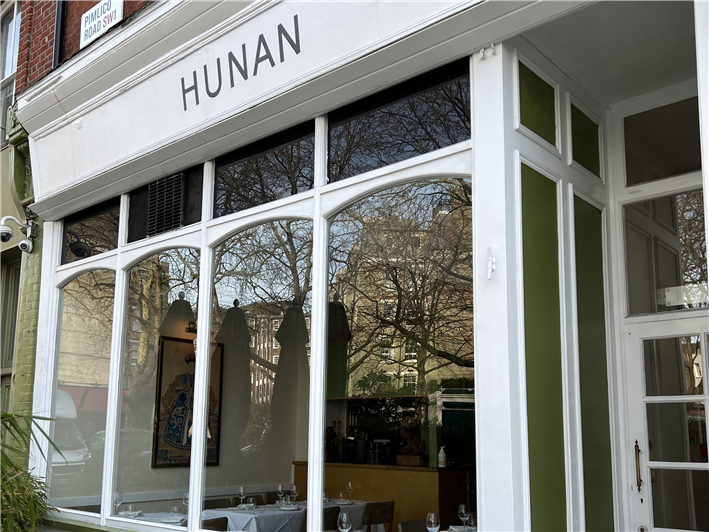

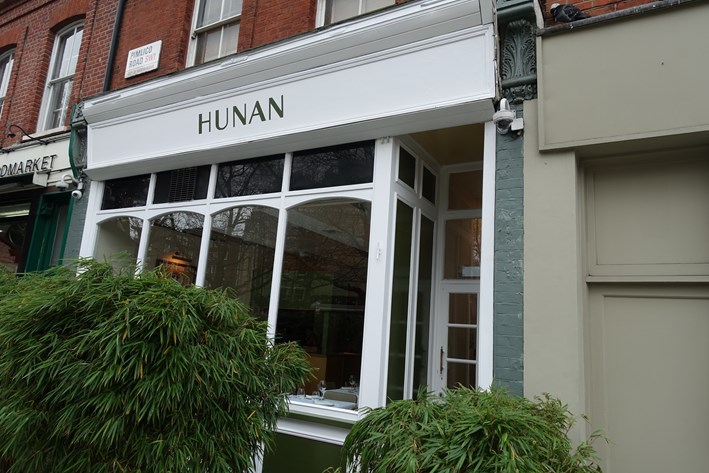

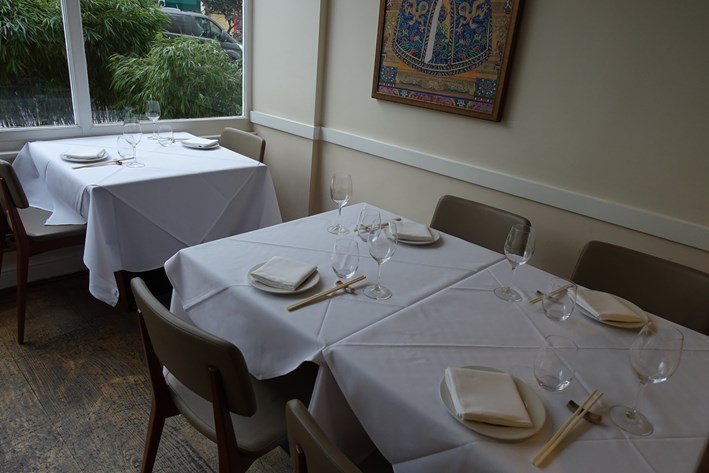
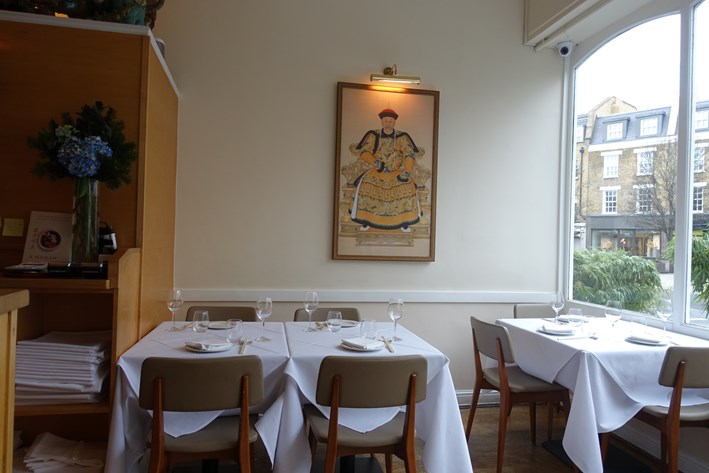
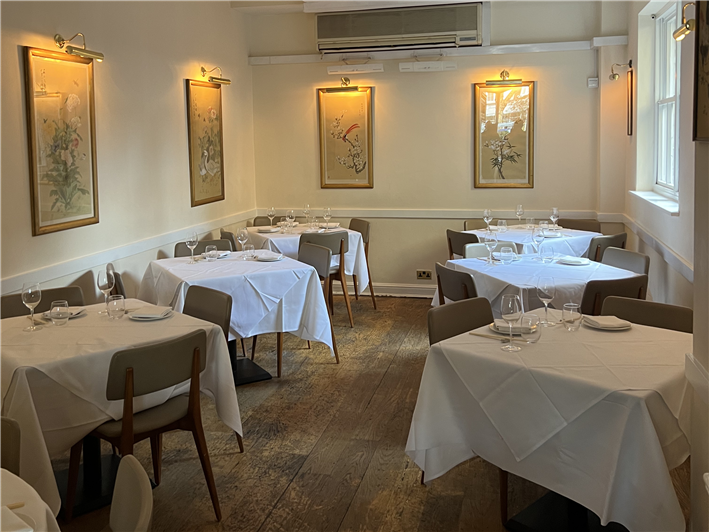
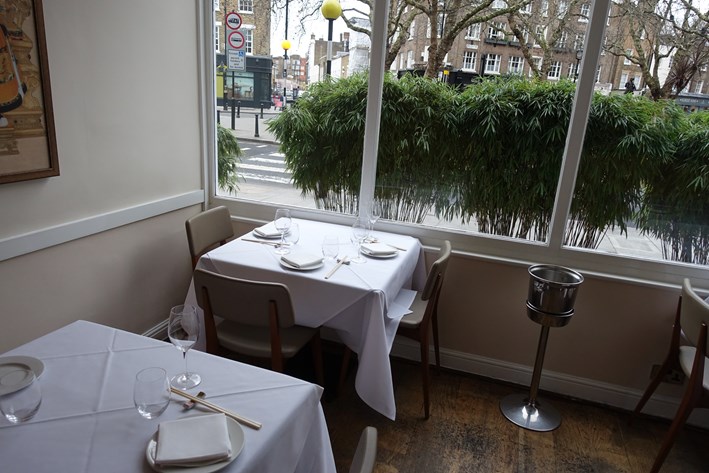
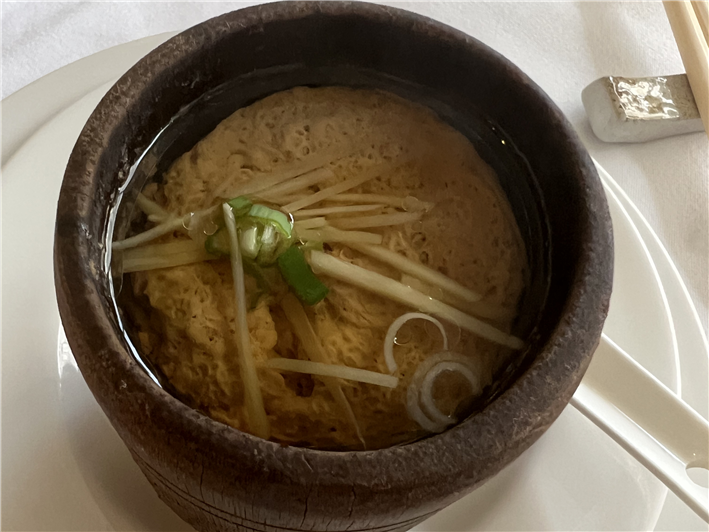
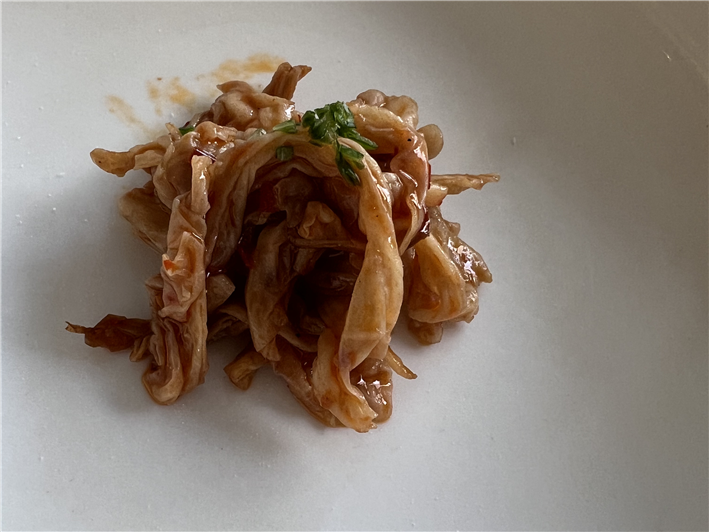

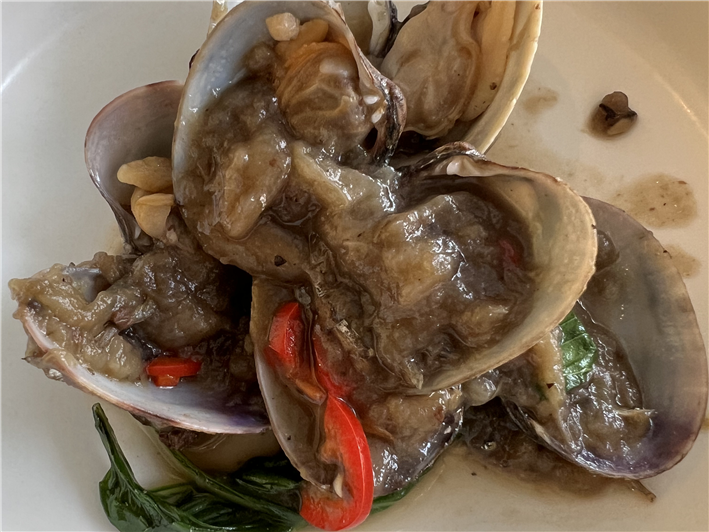
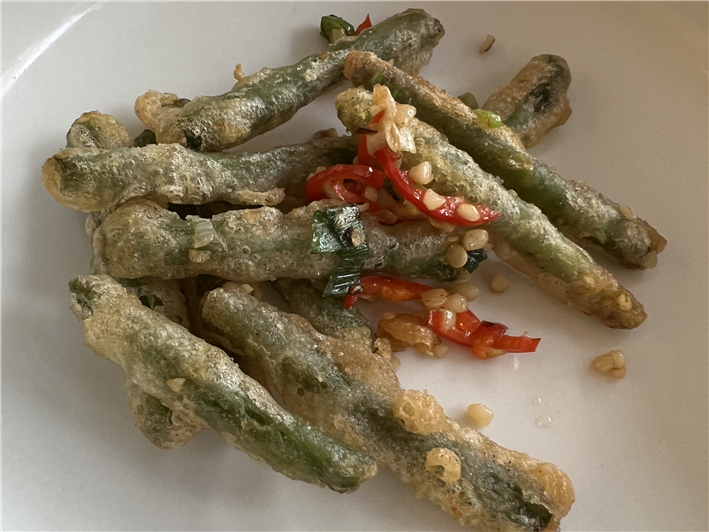
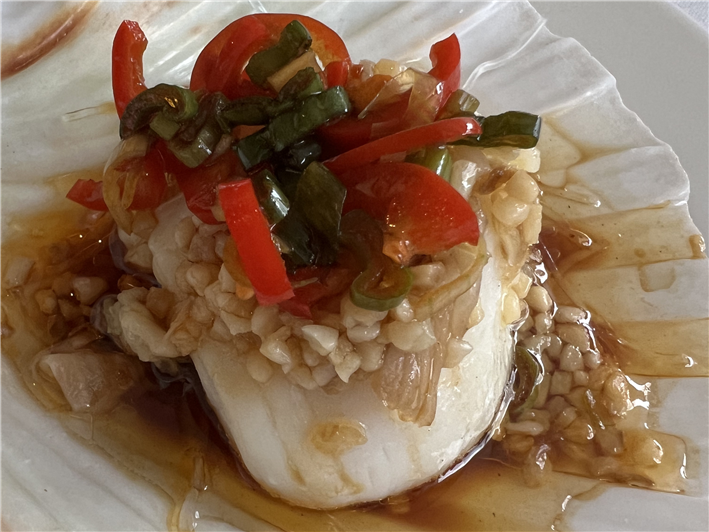

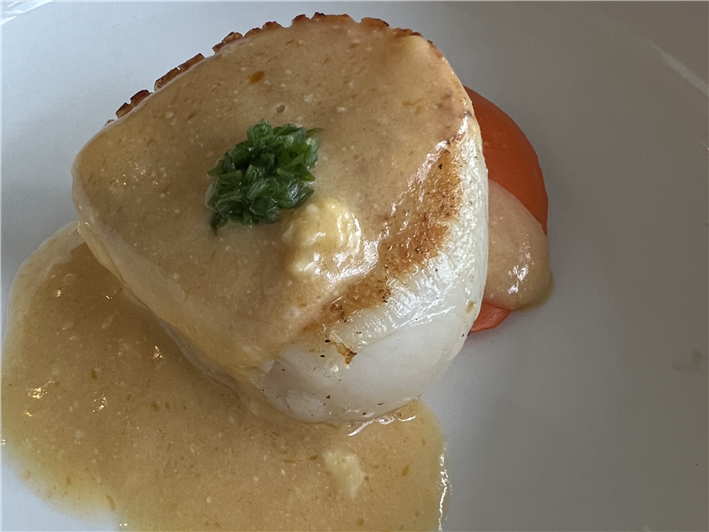
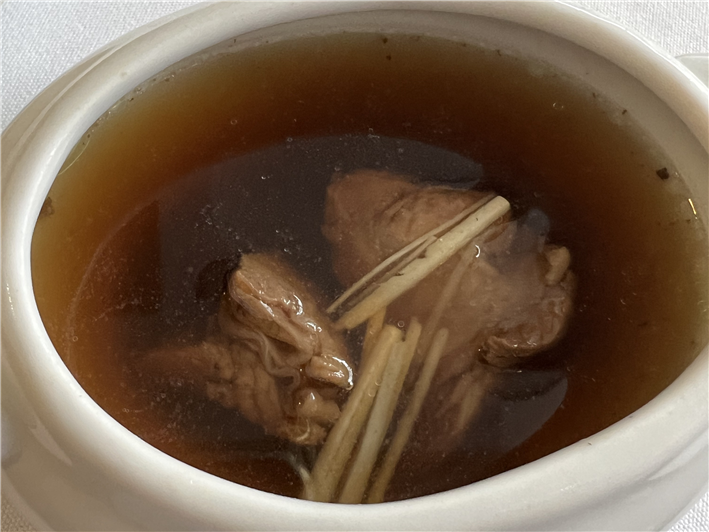
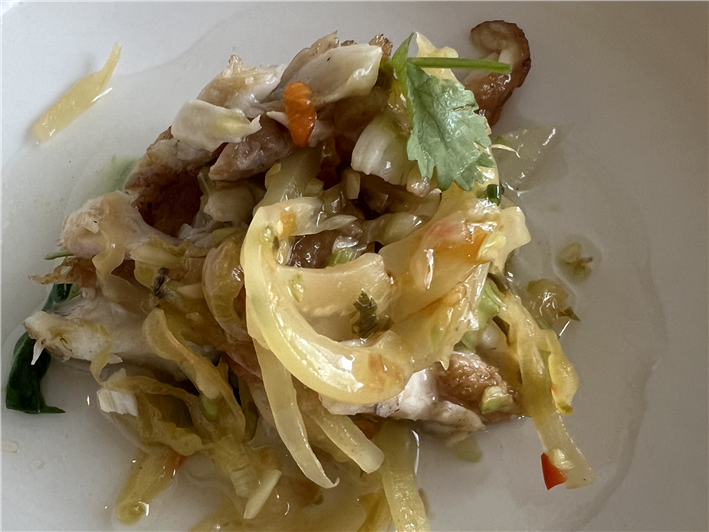
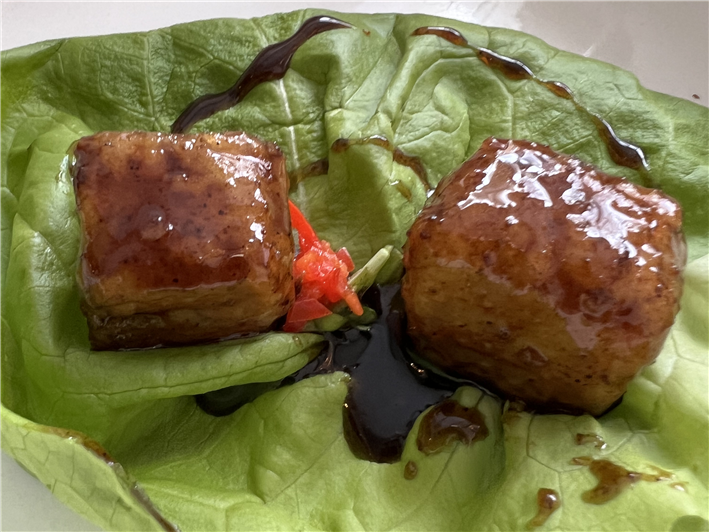
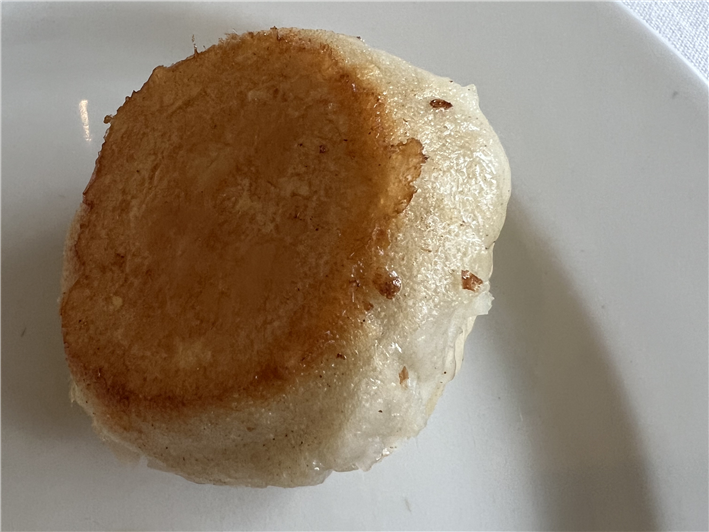
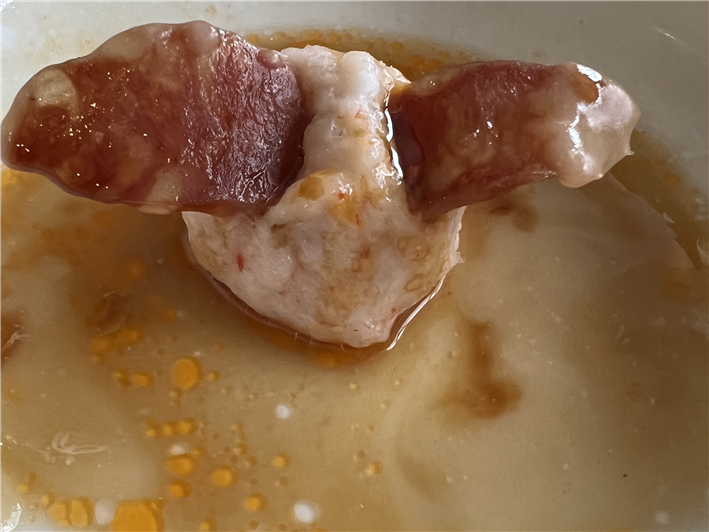

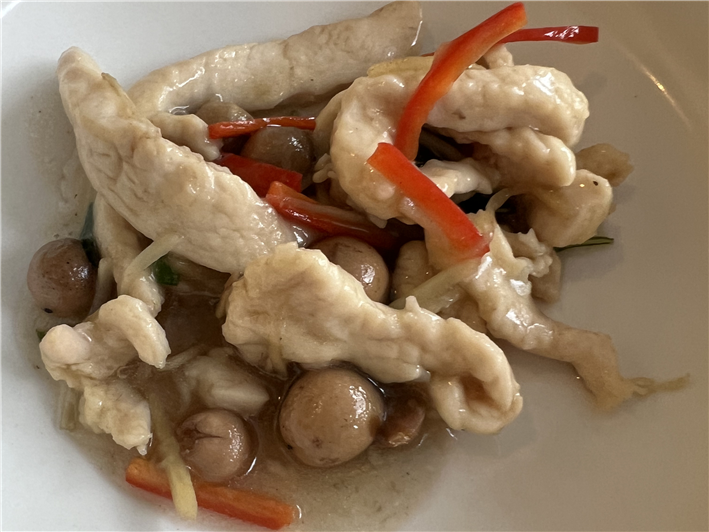

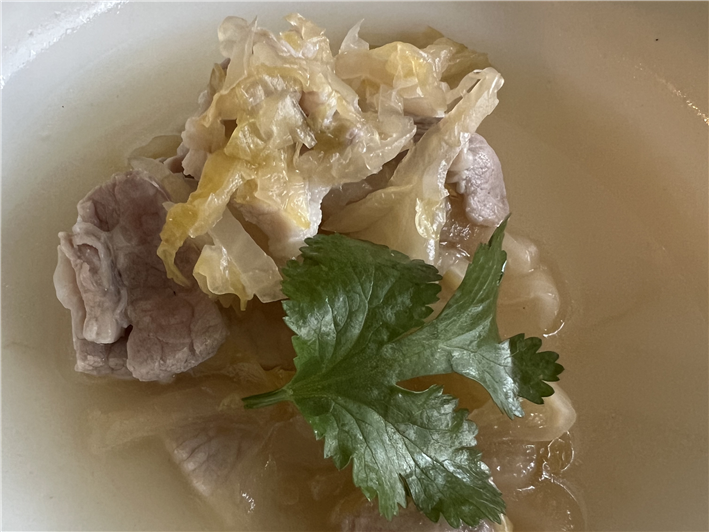
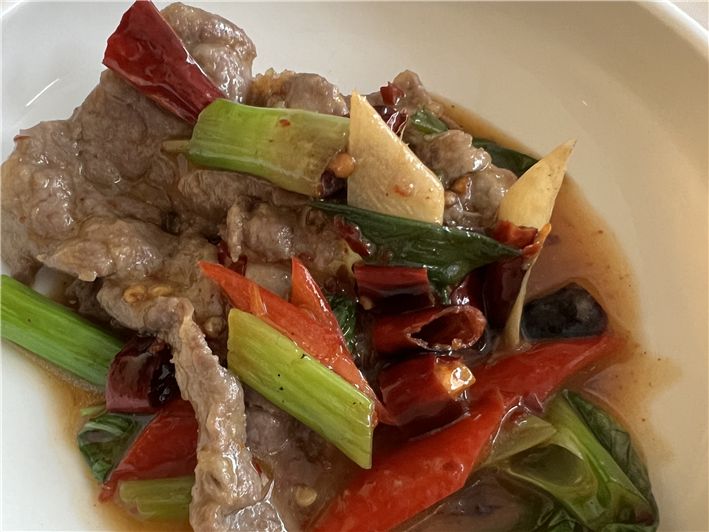
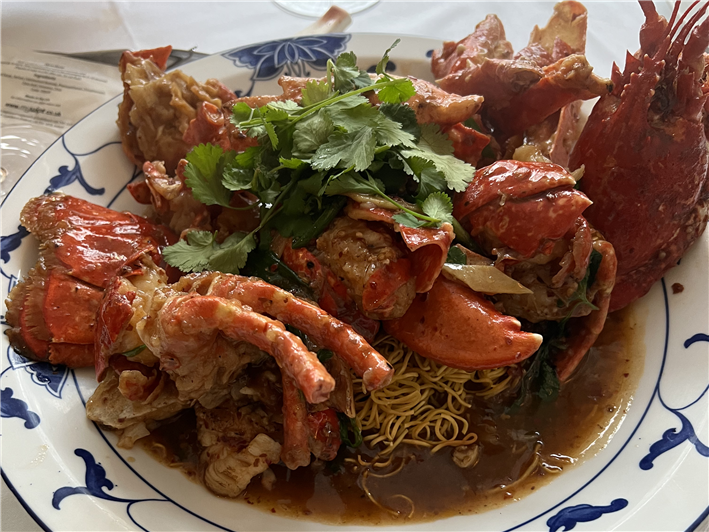
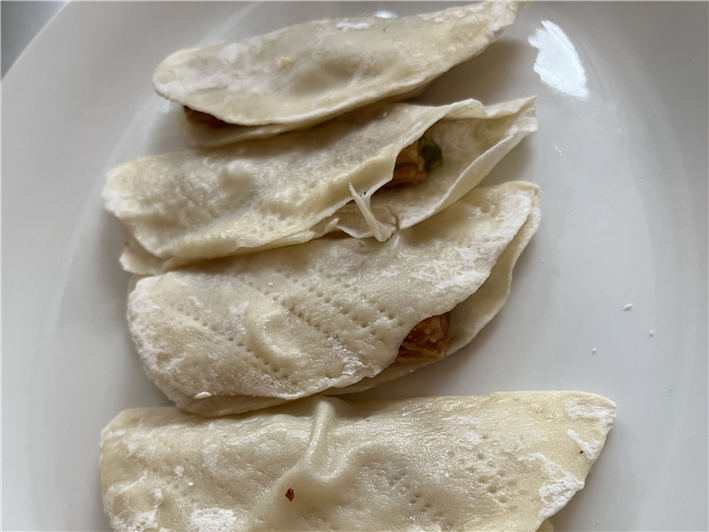

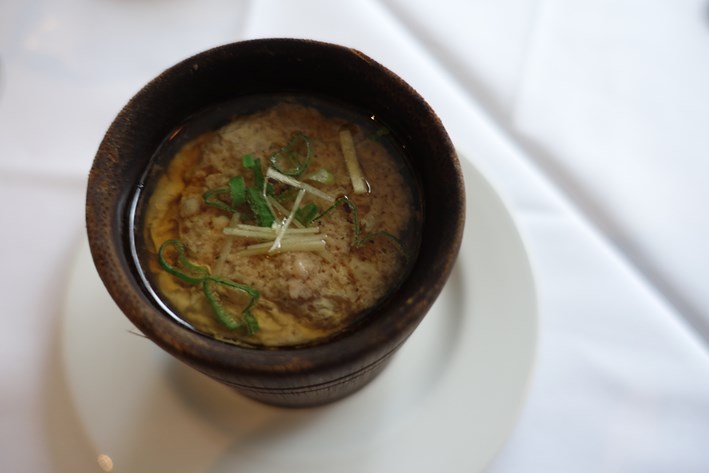

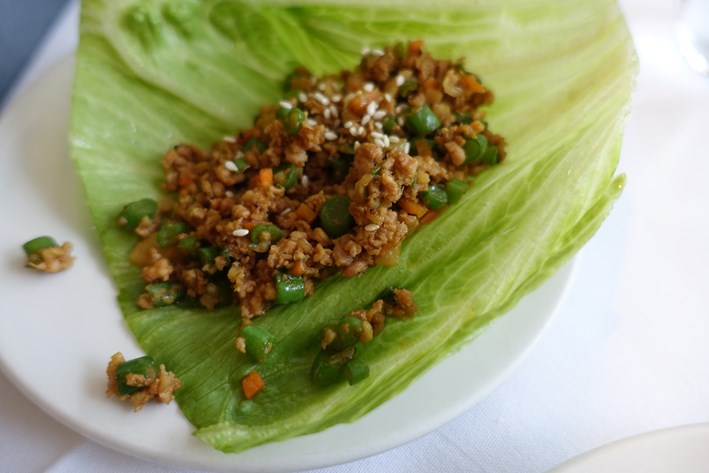

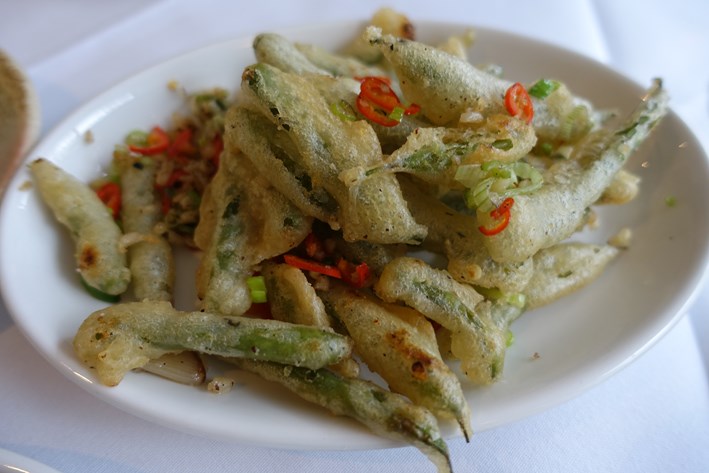
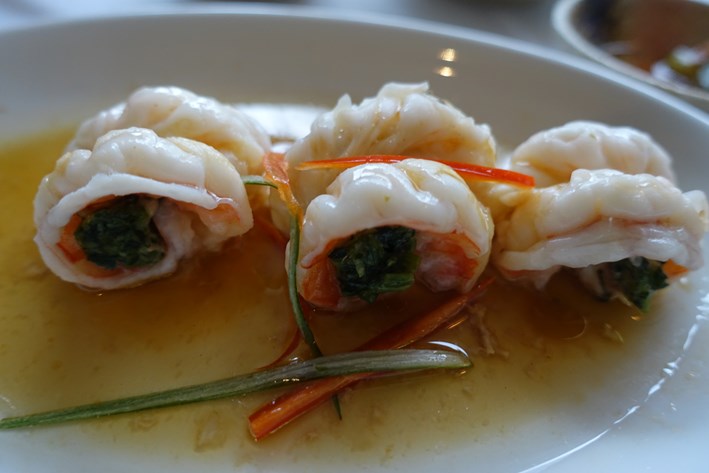
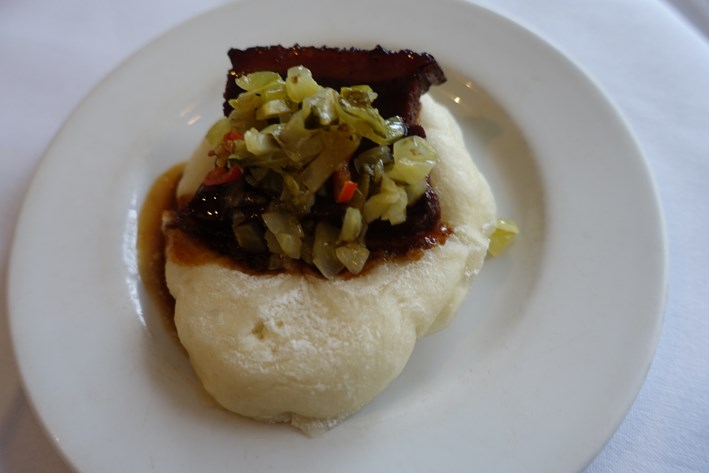
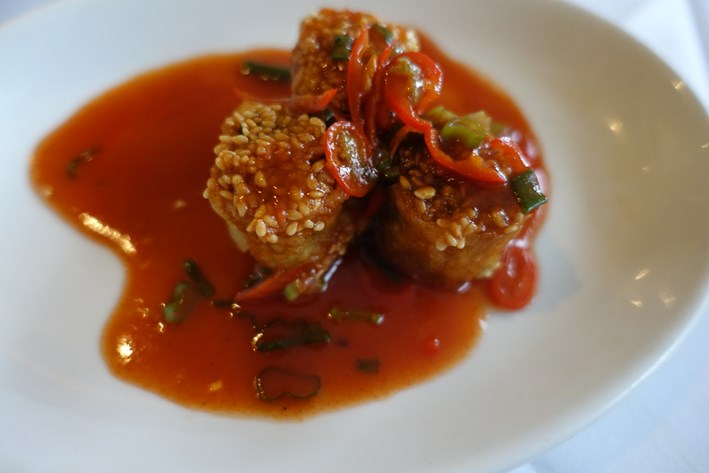
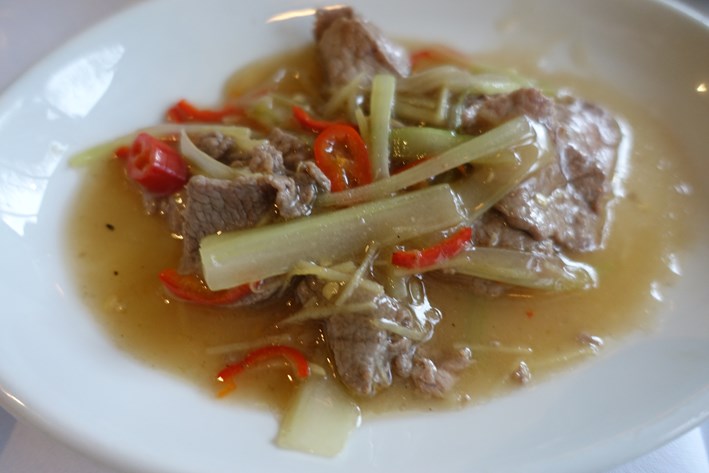
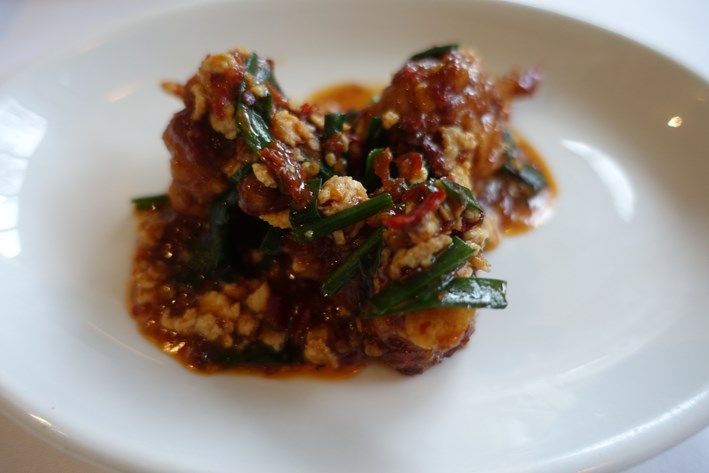

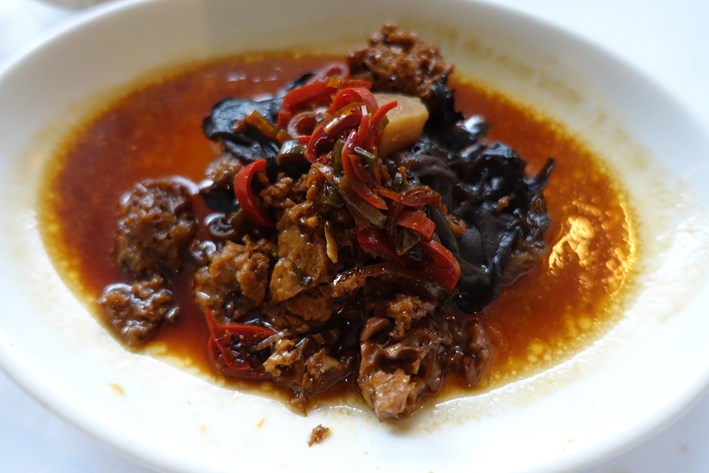
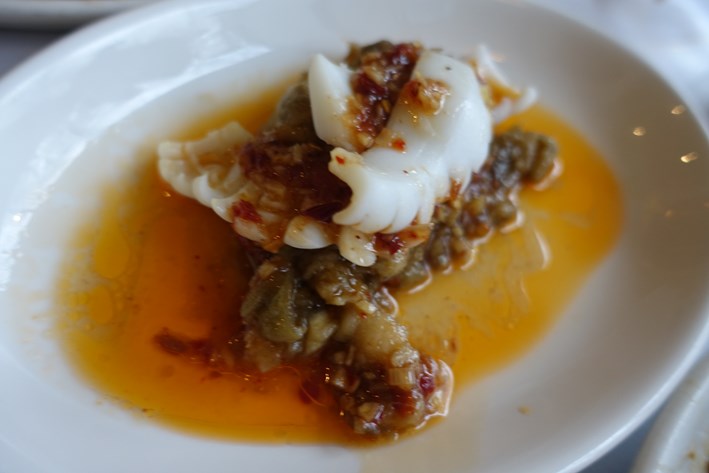




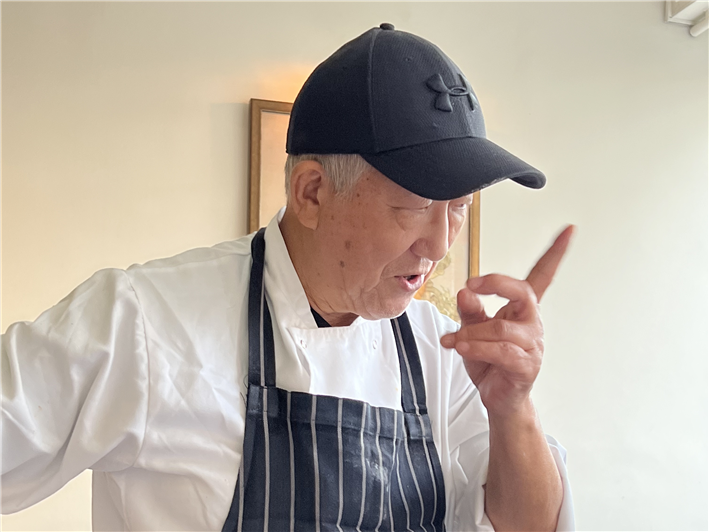

Add a comment
Thank you for submitting your comment, this will be checked and added to the website very soon.
User comments